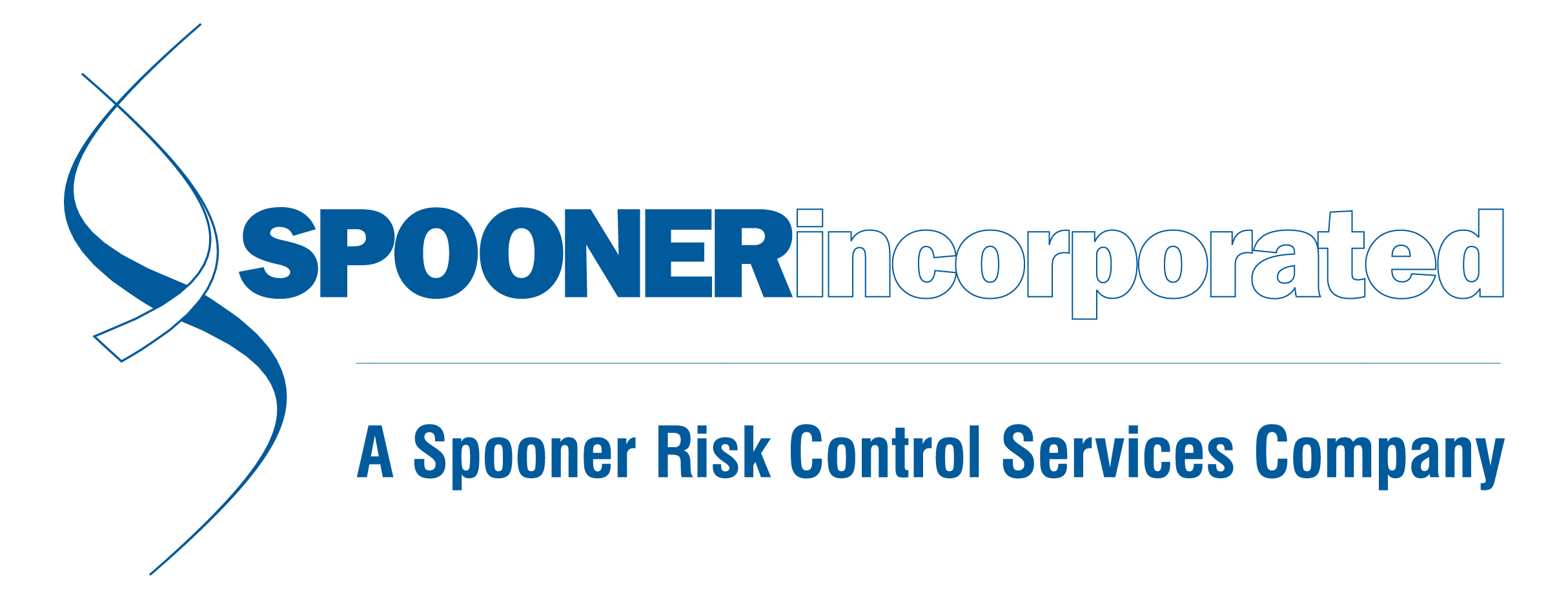What Does DOT's Ruling on Oral Fluid Drug Testing Mean for Your Business?
In May, the U.S. Department of Transportation (DOT) issued a final rule allowing oral fluid testing for employers and employees under their purview. This applies to any commercial vehicle operator, including many passenger vehicles, hazardous material transport, and vehicles with a gross weight over 10,001 pounds. DOT’s rules have long been viewed as the gold standard for the employment-related drug testing industry as a whole. Historically, DOT’s testing standard has been a 5-panel screening based on a split urine sample and laboratory analysis performed in a lab certified by the Substance Abuse and Mental Health Services Administration (SAMHSA). Oral fluid (saliva) testing could ease some of the burden and complications of drug testing for employers. Saliva screens are known to be more convenient and accessible, more cost-effective, have fewer issues with tampering, and provide faster results. Although the new rule went into effect on June 1, 2023, several things need to be in place before this becomes a reality. The Department of Health and Human Services (HHS) must certify at least two laboratories to perform this type of testing, and that may not happen until later this year, or even early 2024.
It’s also important to note that DOT-regulated employers are not required to switch to oral fluid testing, but they will have the option to do so. While saliva-based drug screens have plenty of advantages, they do have a different detection window than urine drug screens. Saliva can detect very recent use, but the overall detection window is shorter – since drugs don’t remain in saliva as long as they might in urine or hair. As with any type of drug screening, there are always the chances of false negatives and false positives. Employers are also able to utilize different testing methods for different situations. For example, an employer can choose to continue using split-sample urine drug screens for pre-employment and reasonable suspicion, but use oral fluid testing for randoms and post-accident. As far as we can tell, this will not change anything for contractors expected to keep current COATS cards for state and federal contracts.
Another question remaining is how non-negative oral fluid test results will be handled. Prior to DOT adopting this measure, the collection site would typically follow a non-negative saliva result with a urine drug screen to confirm results. DOT could follow this logic, or come up with their own process. The rule will also change procedures for “opposite gender observers and transgender or nonbinary employees.” An observed collection typically refers to a urine collection, and is called for when a urine sample doesn’t meet standards such as temperature, dilution levels, or pings the adulterant strip used on the sample before it’s sealed. Anytime an observed collection is required for trans or nonbinary employees, it will now default to an oral fluid test instead of an observed urine collection. This will also be the case if an observed sample collection is needed, but a lab ttech of the same gender is not available.
In terms of implementing oral fluid testing as part of your drug-free workplace program once those laboratories are certified, we have some suggestions below on getting started. We will contintue to keep you informed as more clarification on these changes becomes available.
- Review your current drug testing policies and procedures with your HR and Safety management, an consider consulting an attorney before finalizing any changes.
- Ensure that testing facilities near your facility and/or worksites are affiliated with one of the (to be determined) certified labs.

